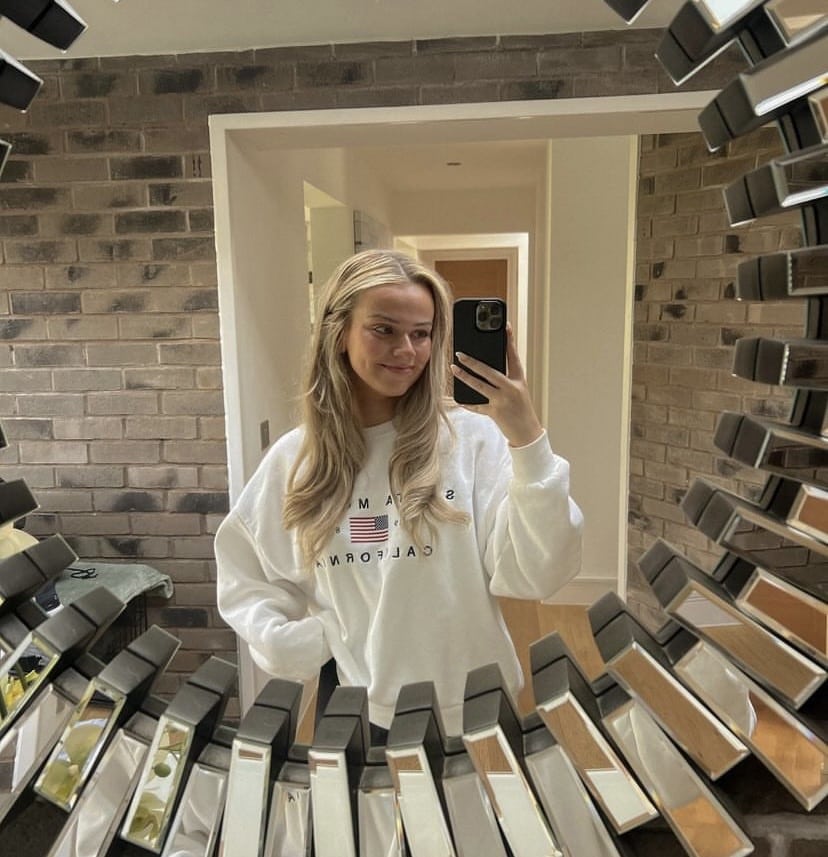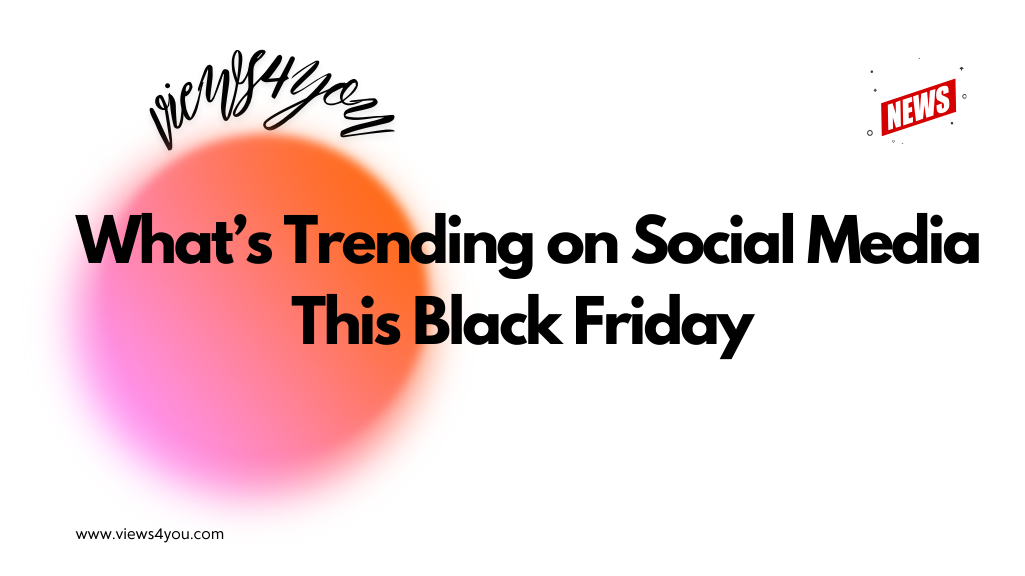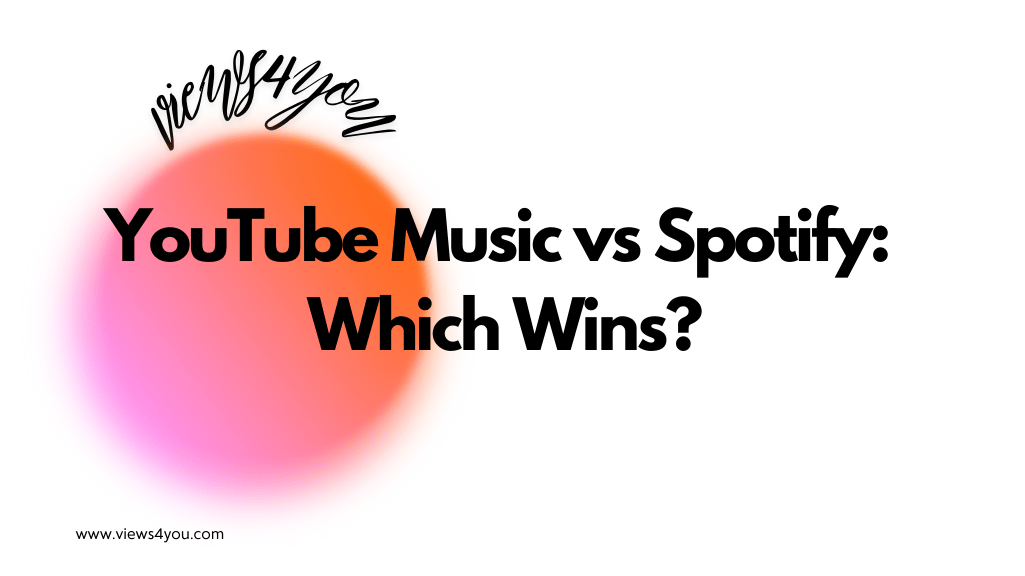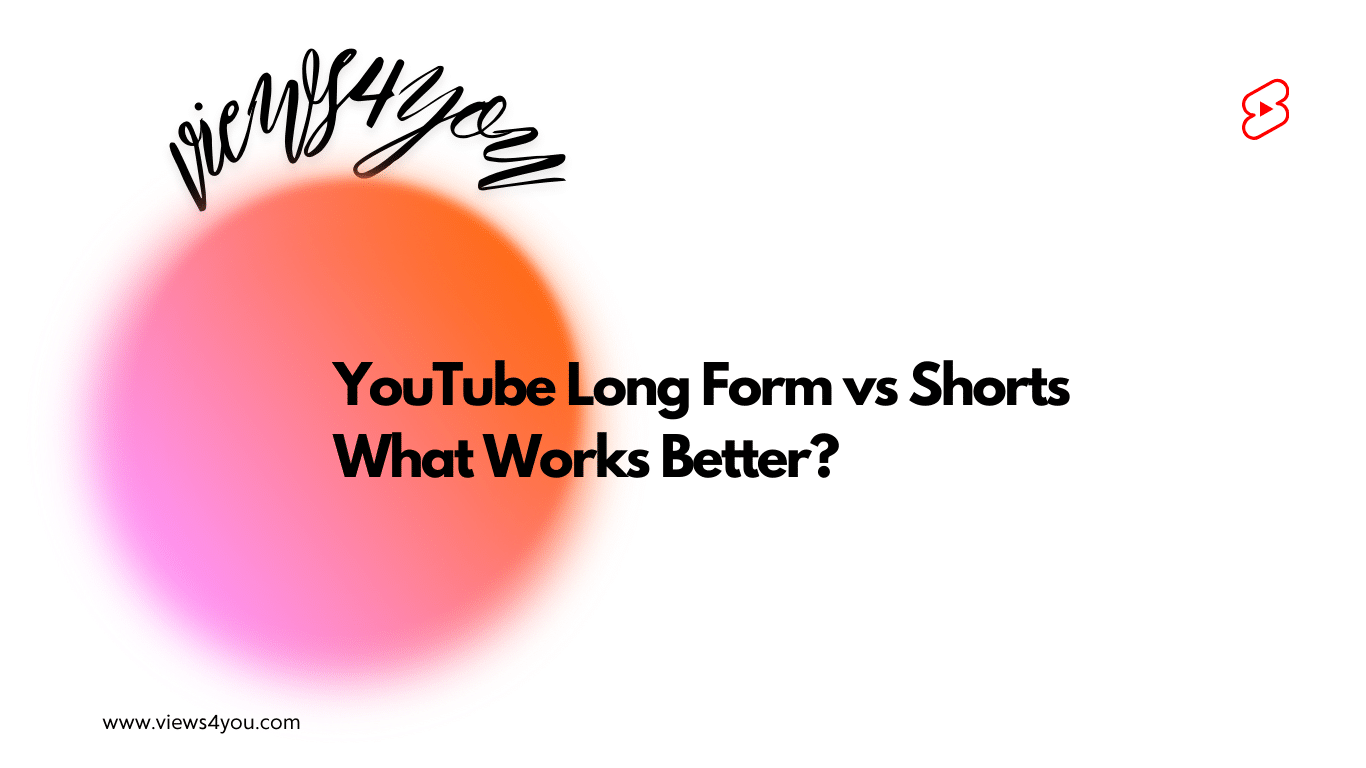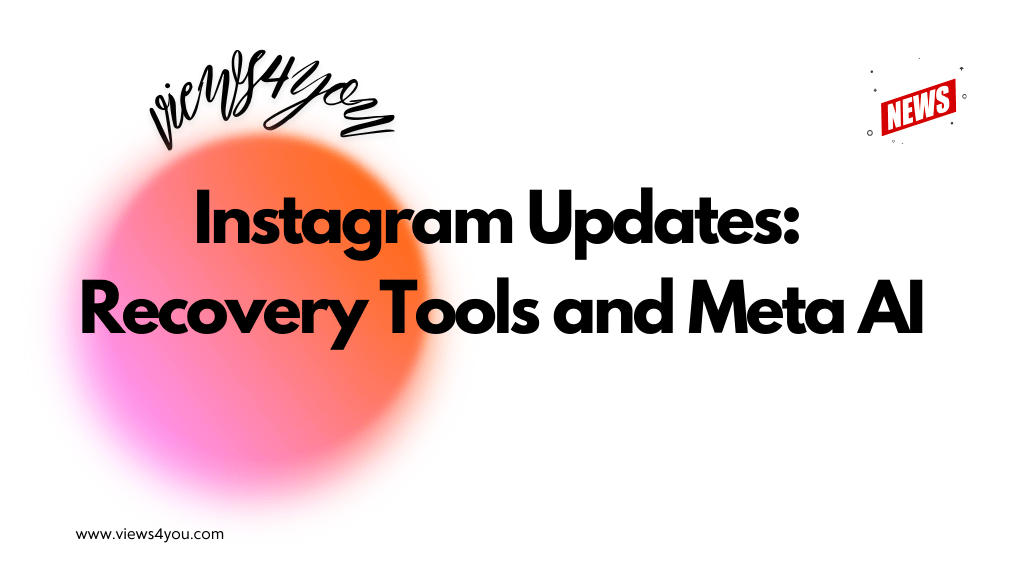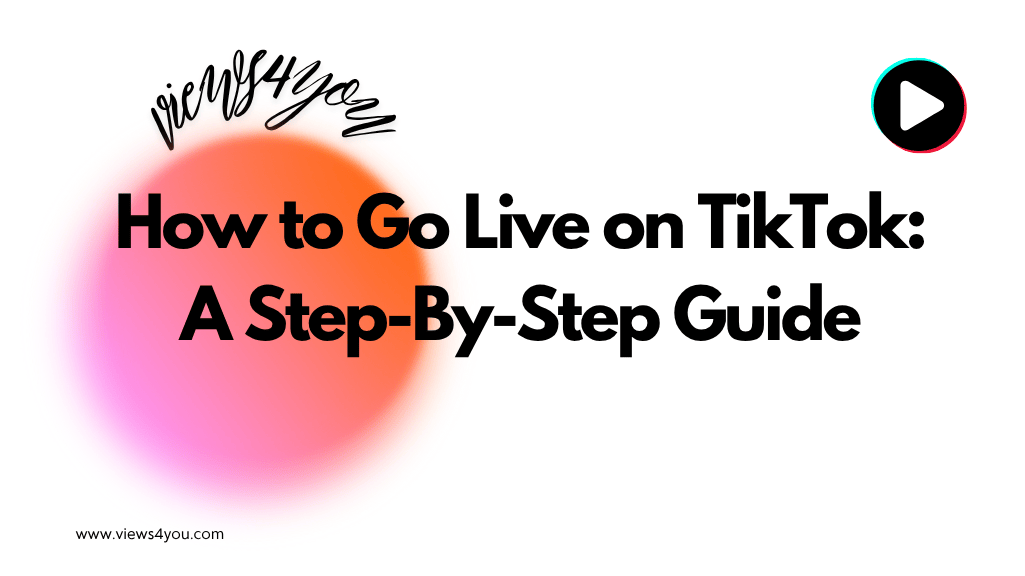Starting July 2025, YouTube’s monetization update will restrict AI-only videos, reused content, and low-effort uploads—pushing creators to appear, comment, and add original value to stay eligible.
YouTube is silently bringing radical monetization updates. They aren’t everyone’s specialty yet, but they were introduced in formal policy already. If your business makes videos on YouTube, now’s the moment for you to take more seriously the analytics of your content. YouTube now wants the creators to emerge more distinctly and more aggressively in the videos. Chopped point-to-point cuts and silent montages might not be sufficient anymore.
This piece outlines what’s happening on YouTube, who may be affected, and how you as a creator can continue to be eligible for monetization. If you are ready, let’s get started!
Monetization Upgrades To-Go
No time to read the full piece? The list below is a quick list of principal updates.
- Reused content is monitored more intensively.
- Videos that are totally generated by artificial intelligence might be prohibited.
- Commentary and reaction videos are still okay.
- Clickbait and deceptive thumbnails create a problem.
- Low-effort videos risk losing monetization opportunities.
- The regulations come into full play in mid-July 2025.
You’re good to go if you’re creating brand-new material or you’re bringing value. If you’re not, it will be useful to update your channel.
What’s Really Changing?
YouTube has clarified the rules on its support page. The rules aren’t completely new, but the guidelines are clearer now. The rules focus on the videos found to be copied or created with the bare minimum effort.
YouTube wants the creators to be more active in the videos. The videos, if they’re just created by editing the available shots only by utilizing the features of artificial intelligence, might not be eligible anymore.
Are Reaction Channels Affected?
Some creators were concerned once they initially became aware of the tweak. Other people fear that reaction and commentary streams would be penalized. YouTube, however, explained those refinements aren’t for this kind of situation.
If you comment, respond, or add a personal touch onto the video, it is still okay to say it’s an original work. The concept is to end spammish material and not post material for proper opinions.
Who Should Be Concerned?
Certain styles in videos might be compromised. These are
- In computer-generated artificial intelligence voice and stock footage only.
- Channels that repeat the same thing over and over again
- Blog postings with sensationalized headings and plagiarized writings
- Edited collections in anthologies with commentaries
These videos would not be eligible for monetization.
What About AI?
It’s not illegal to use AI. But deploying it to create value by itself is risky now. For example, if an AI-made video lacks voice and user editing, it could potentially face denial of monetization.
It’s ok to use AI for a helping hand in ideas, writing, or some minor editing. The concept is to showcase your own content at the end.
How to Stay Monetized
To maintain monetization on YouTube, we recommend the following:
- Commentary on the DVD commentary
- Edit to create more sense of meaning or rhythmic flow
- Don’t repeat the same kind of video over and over in succession
- Ensure your title and images mirror the actual post
You would have to repeat the same process in minutes in order to nullify the eligibility.
Why It Matters
Even if your channel doesn’t suffer today, the trend of change is clear. YouTube aims to provide its users with the best videos and show advertisements with the best quality content. It’s high time to refine the product for creators.
To keep updated, stay with Views4You!
